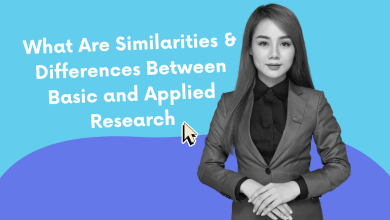Top Sketch Artists Of India

The list of India’s top five sketch artists is dominated by modernists. They were mostly painters who were members of India’s Progressive Artists’ Group. Despite being short-lived, the group managed to make a tectonic change in the country’s colonial art environment. The group was created in Bombay in 1947 to upset the orthodox art establishment at the time.
K.H. Ara, M.F. Husain, S.H. Raza, and F.N. Souza founded the organization in the hopes of providing a transparent platform for budding artists. The members fostered a global worldview by combining particularly Indian motifs and sensibilities with post-impressionism, expressionism, and cubism, among other western modernist styles and methods.
4 Sketch Artists And Their History
1. Maqbool Fida Husain (1915-2011)
M.F. Husain was born in the Maharashtra town of Pandharpur. Husain was a member of the revolutionary Progressive Artists’ Group and was primarily self-taught. In 1947, he held his first exhibition at the Bombay Art Society, where he displayed his work Sunhera Sansaar.
His paintings were displayed in Prague and Zurich art galleries by the 1960s. Husain’s bold depiction of his imagination, as well as his readiness to absorb outside influences, quickly made him a name synonymous with modern Indian art.
Due to his ongoing and unrivaled global renown, the Padma Bhushan awardee remains at the top of the list. Husain, on the other hand, suffered a number of conflicts and criticisms over his depictions of religious characters in his paintings. Despite his unrivaled global notoriety, his legacy is unquestionably at the top of this list.
2. Francis Newton Souza (1924-2002)
F.N.Souza, who originally encouraged Husain to join the Progressive Artists’ Group, was another artist who profoundly influenced and transformed the Indian Ganesha art environment. He was the leader of the avant-garde movement in newly independent India. These characters would frequently exude sexiness and position themselves as a theological issue.
In 1924, he was born into a strict Roman Catholic household in the Portuguese province of Goa, where he observed a struggle between the sexual Indian art that surrounded him and the Catholic Church’s restrictive beliefs. This dichotomy of sin and sensuality,’ as he termed it, would have a tremendous impact on his art. Souza’s paintings range from spiky, deformed faceless corpses to seductive and statuesque nudes and loving depictions of mother and child.
3. Syed Haider Raza ( 1922-2016)
S.H.Raza, one of the Progressive Artist’s Group’s founding members, began painting themes from his childhood experiences in his native hamlet of Babaria, Madhya Pradesh. Following his relocation to Paris, his landscapes became considerably more rigid and geometric, evoking the 1950s French countryside.
With the central ‘Bindu’ as the holy motif, he attempted to map out metaphorical regions. Raza has exhibited internationally both in India and overseas. In 1981, he received the Padma Shree award.
4. Vasudeo S Gaitonde (1924-2001)
Vasudeo S Gaitonde has been smashing auction records in recent years, and his artworks are currently the most valuable in the Indian art market.
Gaitonde was born in Maharashtra in 1924 and graduated from the Sir J J School of Art with a diploma in painting in 1948. He then joined the Progressive Artists’ Group. Gaitonde’s art was a process in and of itself. Gaintonde’s art was all-encompassing, and he regarded anything outside of it as unnecessary. He grew as a painter throughout time, becoming increasingly conscientious about how he presented himself. Gaintonde exhibited frequently both nationally and abroad, winning numerous significant honors along the way, including the Padma Shree in 1971.


